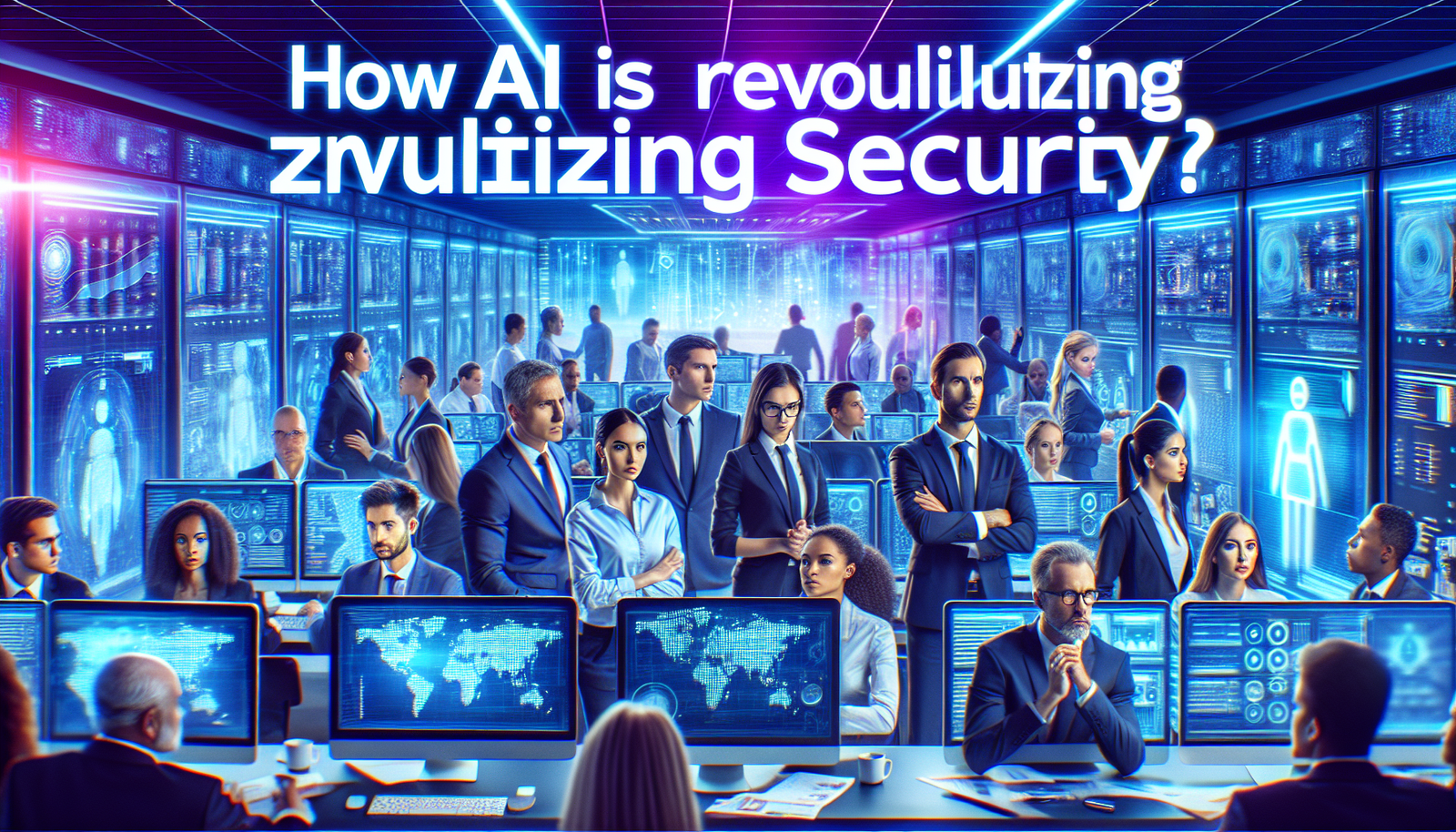The new responsibility framework of the DHS for the use of artificial intelligence represents a major advancement in the face of constantly evolving threats. These guidelines aim to integrate AI into the security of critical infrastructure, thereby ensuring enhanced protection of essential services. The mobilization of private, public, and civil society actors is necessary to effectively counter the risks associated with AI.
Clear responsibilities for AI ensure the security and operational efficiency of vital infrastructures.
Essential cooperation between sectors regarding AI is necessary to ensure tangible and sustainable outcomes.
Integrating AI means securing the future of the services on which society relies daily.
The DHS Framework for Artificial Intelligence
The Department of Homeland Security (DHS) recently announced a new directive to strengthen the security of critical infrastructure by integrating artificial intelligence (AI). This document, titled “Roles and Responsibilities Framework for Artificial Intelligence in Critical Infrastructure”, proposes a series of voluntary responsibilities for the various actors in the 16 sectors of critical infrastructure in the United States.
Focused on concrete responsibilities
The responsibilities defined in this directive are distributed among five main groups: cloud and IT infrastructure providers, AI developers, owners and operators of critical infrastructure, civil society, and the public sector. This framework aims to establish effective collaboration and to ensure the secure use of AI in essential infrastructures.
Issues addressed by the guidelines
The guidelines cover a wide range of topics, including cloud environments, the design of AI models and systems, data governance, as well as deployment considerations. Particular attention is paid to the monitoring of AI use within critical infrastructure. The framework was developed with the assistance of the DHS AI Security and Safety Committee.
Industry commitment
DHS Secretary Alejandro Mayorkas emphasized the intensive commitment of the industry in developing this framework. According to him, the document is not limited to abstract theories but serves as a practical guide meant to be implemented to ensure the security and safety of infrastructures.
Risks associated with AI
The Cybersecurity and Infrastructure Security Agency (CISA) has identified three categories of risks associated with AI for critical infrastructure: attacks using AI, those targeting its use, and failures related to the design and implementation. These challenges require heightened vigilance, as essential services depend on the proper functioning of AI.
Recommendations for the public sector
For government agencies, the framework recommends ensuring that private entities adequately protect the rights of individuals and communities. Governments should seize the opportunity provided by law to advance AI standards. This translates into an obligation to uphold fundamental rights while fostering innovation.
The DHS pilot projects
The DHS has also promoted its pilot projects regarding AI. These initiatives have demonstrated remarkable capabilities to advance DHS missions, such as the use of generative AI to train immigration agents. This project was solely dedicated to training, with no impact on eligibility decisions.
The framework in the face of political changes
Despite concerns regarding the future of the guidelines within the federal government, Mayorkas insists on the sustainability of this framework. The leadership must adhere to practices supported by members of the AI security commission, thereby ensuring consistency in the implementation of the recommendations.
Integration and flexibility of models
Another DHS pilot project allowed Homeland Security Investigations to leverage extensive language models to improve the efficiency of reports. These open-source models provide the necessary flexibility to experiment and assess effectiveness. This innovative approach could become a model for other agencies.
Lessons learned for the future
Lessons drawn from pilot projects, such as that of the Federal Emergency Management Agency (FEMA), highlight the importance of
user feedback. This demonstrates the necessity of raising awareness among local actors about AI, which is essential for integrating these technologies into existing processes.
Frequently asked questions about practical AI responsibilities to secure critical infrastructure by the DHS
What are the main responsibilities that the DHS proposes for the use of AI in critical infrastructure?
The DHS has defined responsibilities distributed across five groups: cloud infrastructure providers, AI developers, owners and operators of critical infrastructure, civil society, and the public sector, to ensure a secure use of AI in the 16 sectors of critical infrastructure in the United States.
How did the DHS develop its guidelines for AI in critical infrastructure security?
The guidelines were developed in collaboration with the DHS AI Security and Safety Council, which includes representatives from major tech companies, as well as members of civil society and government representatives, thereby ensuring a practical and achievable approach.
What AI-related risks does the DHS identify for critical infrastructure?
The DHS has identified three major categories of AI-related risks for critical infrastructure: attacks utilizing AI, attacks targeting the use of AI, and failures in the design and implementation of AI systems.
How should the public sector use AI in accordance with the DHS framework?
The public sector must ensure that private sector entities protect the rights of individuals and communities while using AI responsibly to improve the functioning of critical infrastructure and avoiding any uses that could lead to discriminatory outcomes.
Does the DHS framework impose legal obligations for the use of AI in the private sector?
The guidelines proposed by the DHS are primarily voluntary and aim to encourage best practices. However, they also allow government agencies to use law and regulations to promote AI standards while protecting the fundamental rights of individuals.
What benefits does the DHS hope to gain from adopting its AI guidelines?
The DHS aims to enhance the security and safety of critical infrastructure by harmonizing AI practices, thereby facilitating information sharing and collaboration between government and the private sector to better prepare and protect these infrastructures against threats.
Why is it crucial for owners of critical infrastructure to understand AI-related vulnerabilities?
Understanding these vulnerabilities is essential for owners and operators of critical infrastructure, as it helps them respond effectively to potential threats and ensure the continuity of services that the public relies on daily.






